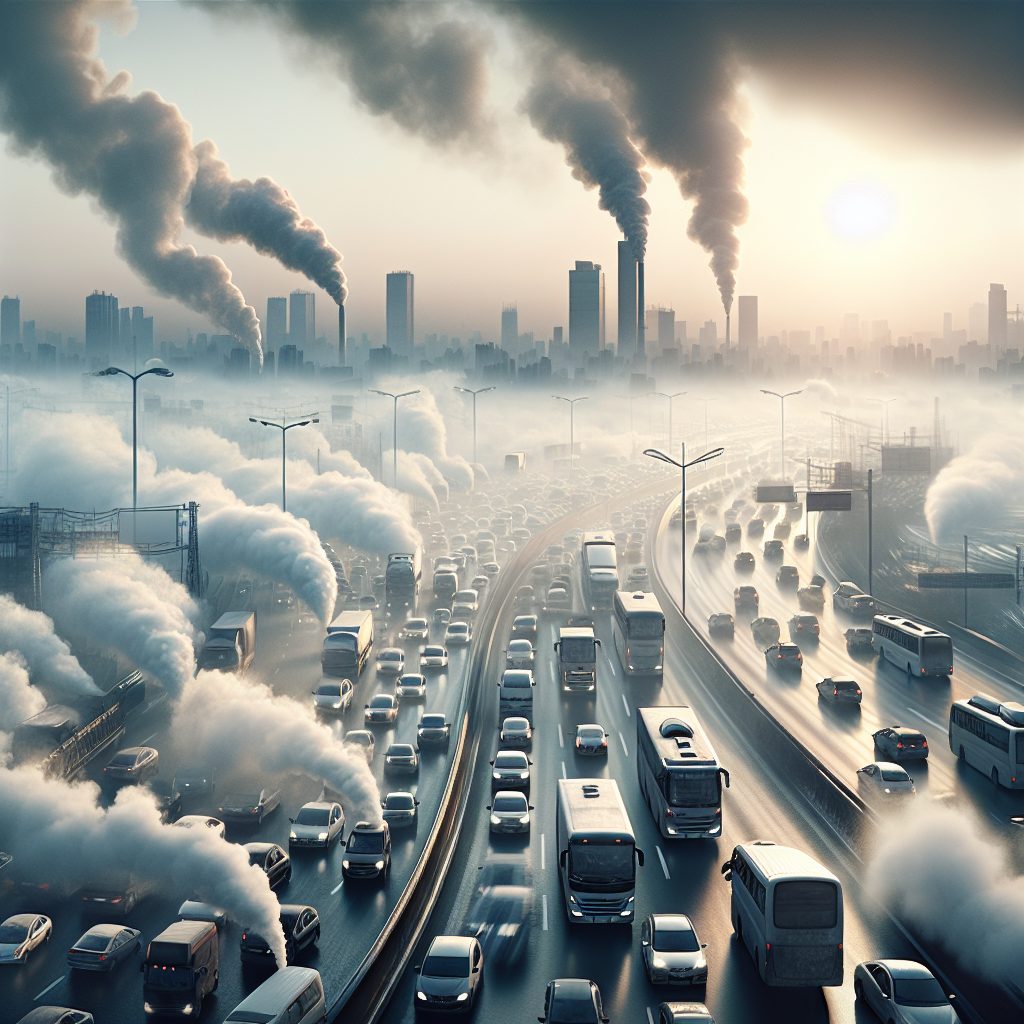Day: January 9, 2024

Smog-Free Initiatives
Smog-Free Initiatives are campaigns aimed to reduce the risks posed by air pollution. As an urgent global issue, reducing air pollution has become an important endeavor of many countries. The initiative utilizes a broad range of strategies from improving emission standards, developing clean energy sources to promoting public transportation. Beyond…

Residential Smog
Residential smog is an air pollutant created by the burning of fossil fuels like wood, coal, and gasoline, as well as industrial processes. Over time, these emissions from cars, factories, and fireplaces build up in smoggy conditions, which can cause health complications and environmental damage. Smog can be hazardous to…

Smog and Ozone
Smog and ozone are two closely-related components of air pollution. While smog consists of a mixture of gases and particles, ozone is a naturally occurring gas that forms in Earth’s stratosphere. Smog typically occurs at ground level when industrial and vehicle emissions react with sunlight, and could have serious implications…
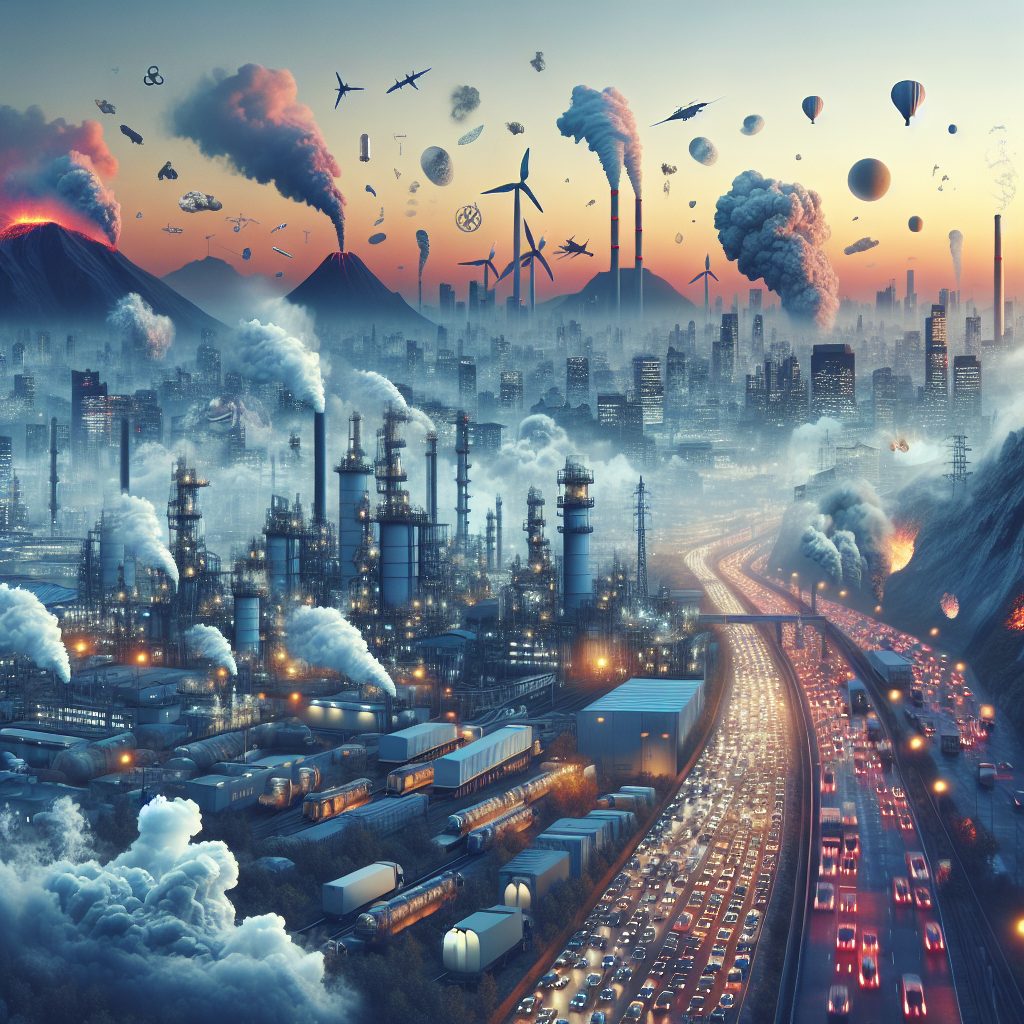
Causes of Smog
Smog is the combination of pollutants in the atmosphere that is caused by burning of fossil fuels. It forms and accumulates due to the reaction of sunlight and the chemicals present in the air. It is a major concern for public health because it contains various particulate matter and hazardous…

Smog and Respiratory Health
Smog, a combination of smoke and fog, is a type of air pollution that is of increasing concern in our modern world. It can occur naturally or as a result of human activities such as the burning of fossil fuels. This pollution can have far reaching effects on the environment,…

Smog Monitoring Technologies
Smog Monitoring Technologies is a sophisticated set of tools that measure and log air pollutant levels. Using advanced measurement devices, this technology can help identify the sources of pollutants that are causing the poor air quality. This data can then be used to inform environmental regulatory bodies and can help…
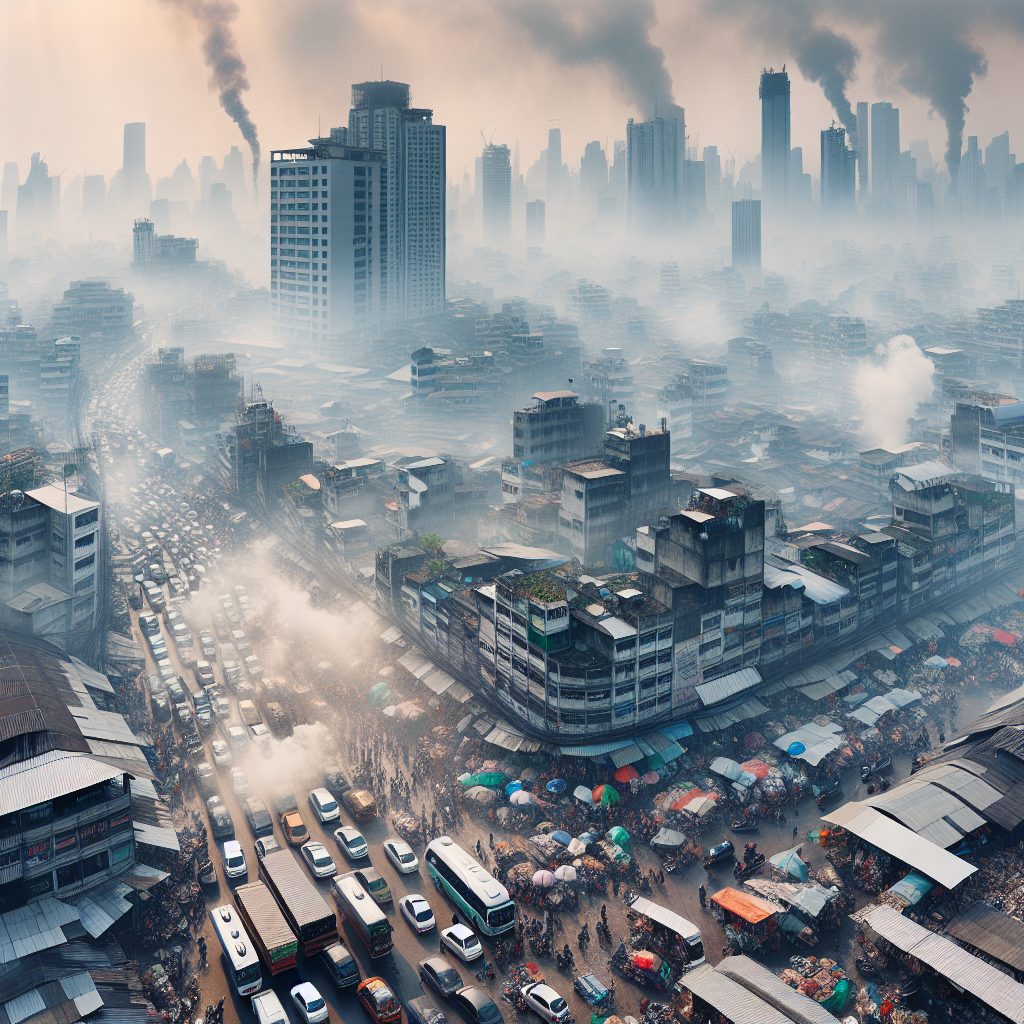
Smog in Developing Countries
Smog is a type of air pollution typically characterized by haze, consisting of fine particles and ground-level ozone. It is strongly linked to the burning of fossil fuels and is especially prominent in developing countries. In many parts of the world, smog is now a common problem due to its…
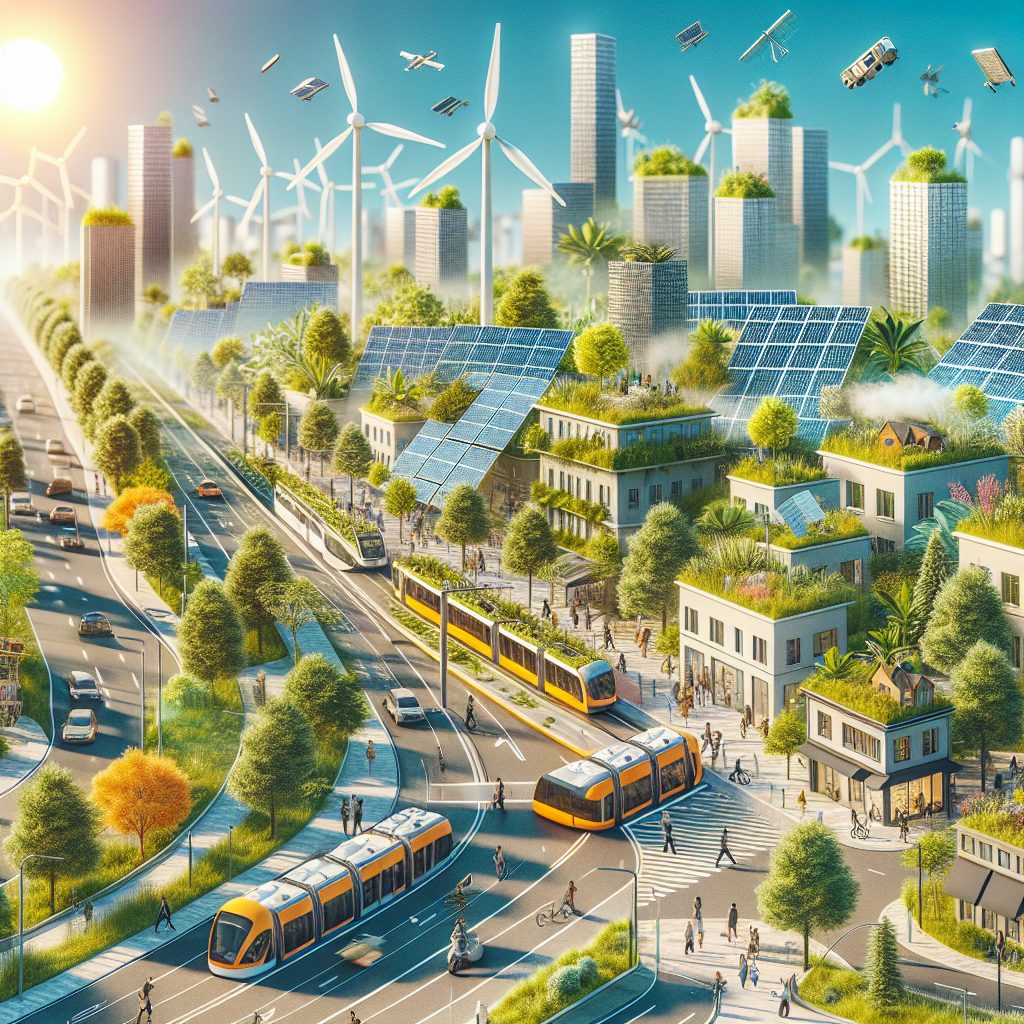
Smog-Free Policies
Smog-Free Policies refer to regulations or standards aimed at reducing air pollution levels. This form of policy is increasingly being implemented around the world as more and more cities begin to grapple with the ill-effects of smog on public health. The primary goal of smog-free policies is to decrease the…

Impact of Smog on Environment
The environment is an ever-growing concern for humanity, and smog continues to play a big role in the overall health of our planet. Smog, or “smoke fog”, is formed by the reaction between sunlight and pollutants from factories, industrial polluters, cars, and other sources. It consists of a complex mix…
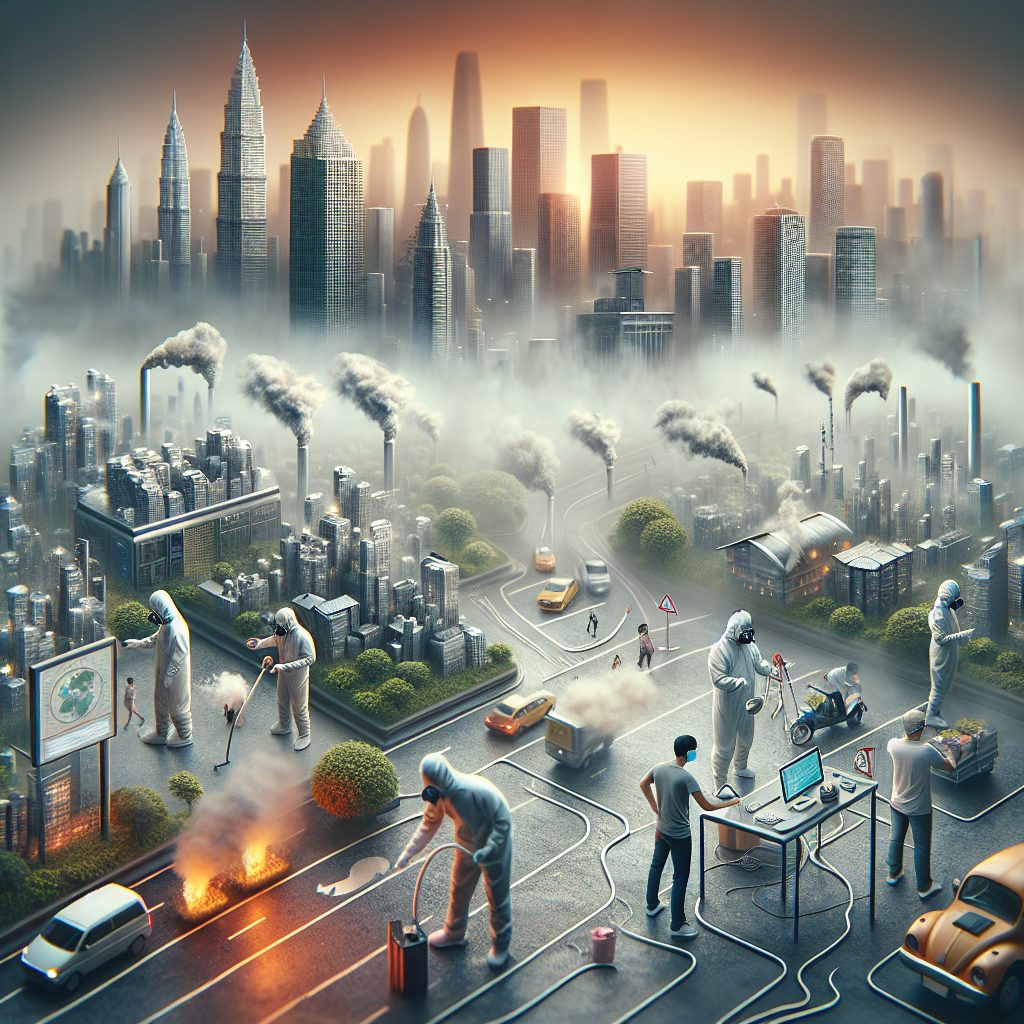
Smog and Public Awareness
Smog is a combination of smoke and fog which is caused by the burning of various fuels including coal, petrol, diesel and wood and is primarily composed of pollutants like ground-level ozone and particulate matter. It can damage human health, reduce visibility of scenic vistas, and cause significant economic costs…
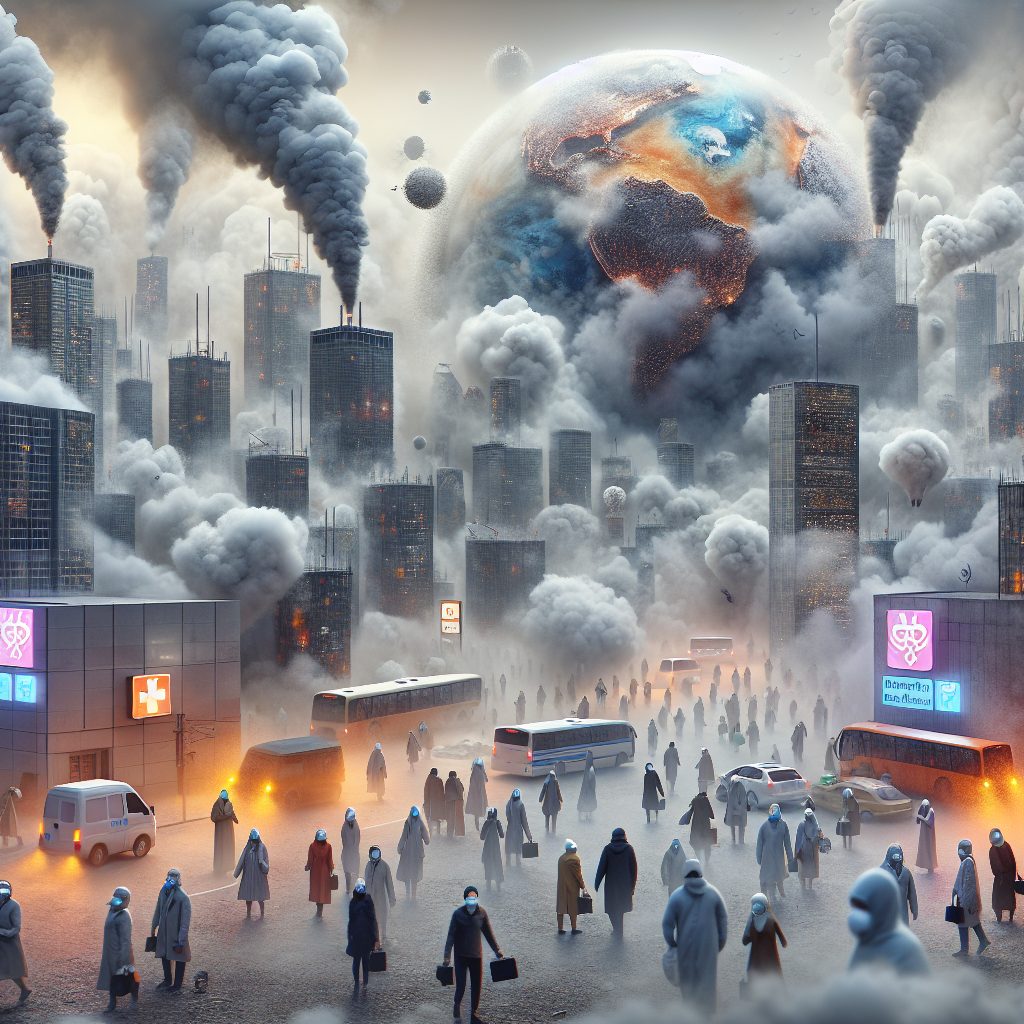
Smog and Global Health
Smog continues to have an ever-increasing impact on global health. Spewing forth from polluted cities, factories, open burning of garbage and other activities, smog blankets whole regions and contaminates the air that we breathe. Smog contains a combination of pollutants including ozone, sulfates, nitrates, and volatile organic compounds. These pollutants…
Smog Solutions
Smog Solutions is about reducing the danger that pollution poses to humans and the environment. Pollution is caused by a mix of particulate matter, ozone, and other deadly chemicals in the air. These chemicals can be released into the atmosphere through industrial smoke, vehicle exhaust, and waste incineration. Smog Solutions…

Indoor Smog
Indoor smog is an environmental issue related to indoor air quality. It is caused by the combustion of solid fuels, such as wood, coal, or biomass in stoves and other open flame-burning appliances. These activities create exhaust smoke that accumulates indoors, leading to air pollution and health risks. The higher…
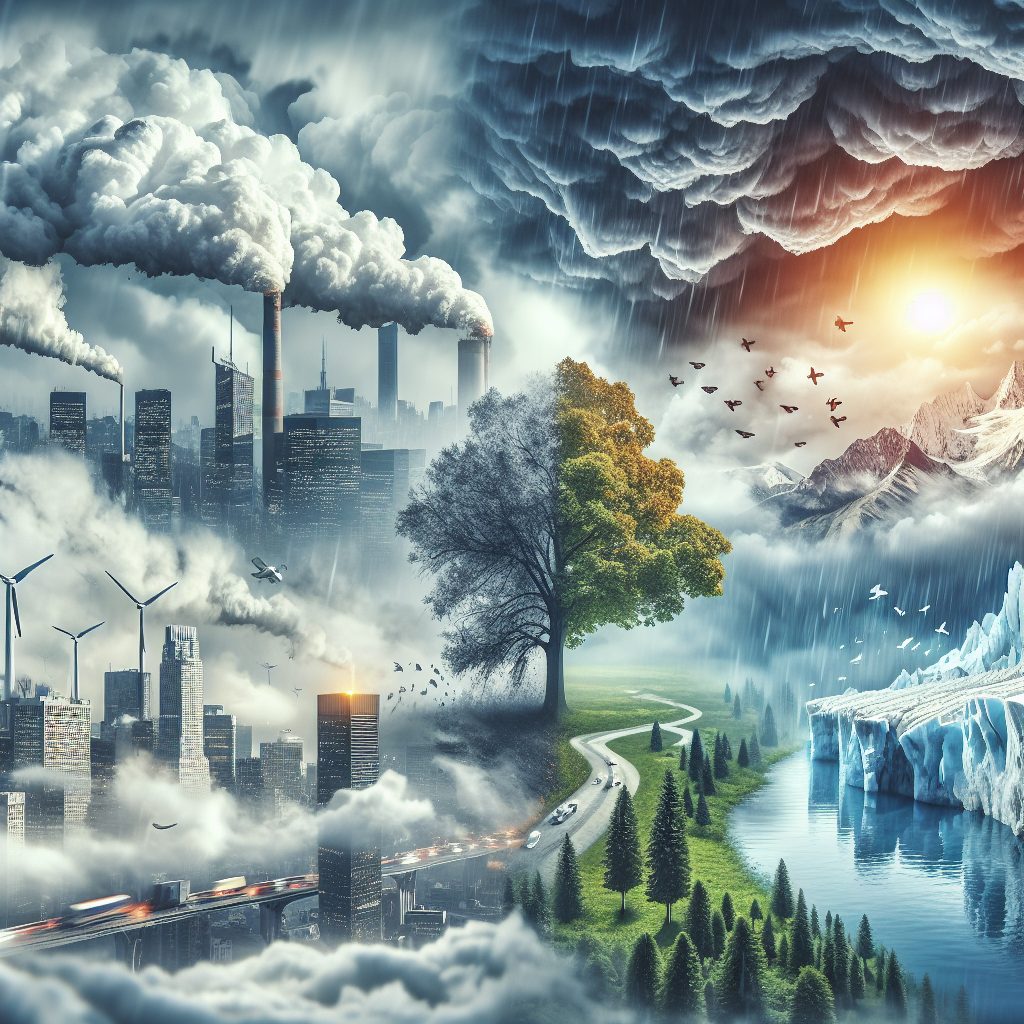
Smog and Climate Change
Smog and climate change are two of the most pressing environmental issues. Smog, also known as fog containing pollutants, is a mixture of smoke, soot, dust, and other noxious gases typically found in cities and towns. The most significant pollutants in smog include nitrogen dioxide, ozone, and sulfur dioxide. These…

